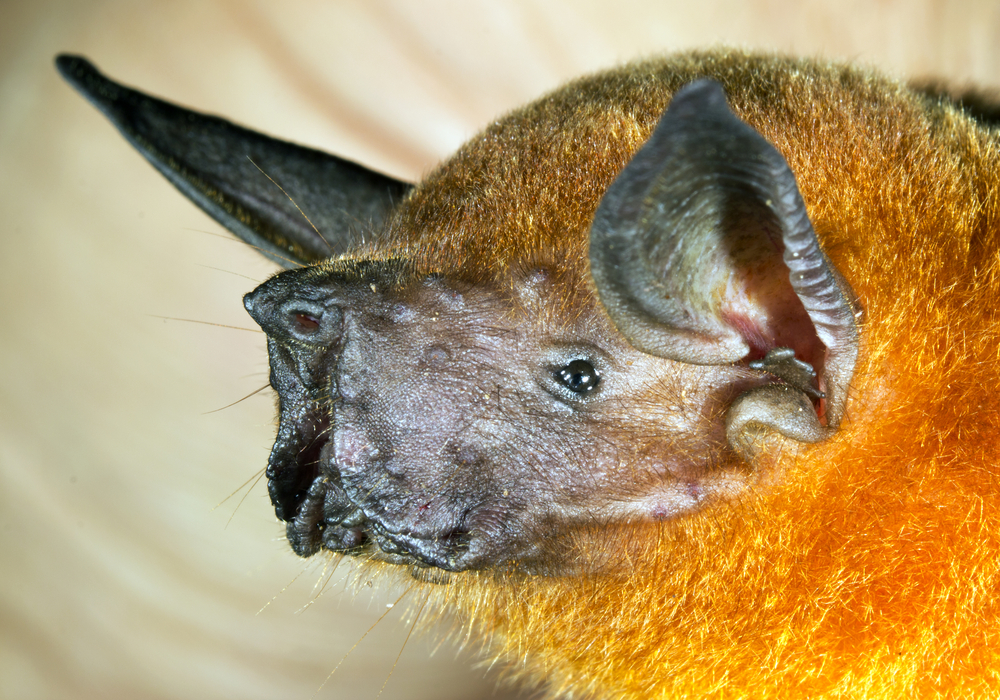Bulldog Bats are found throughout Central and South America, including the Caribbean and parts of southern Mexico. They live near freshwater lakes, rivers, estuaries, and mangrove forests. While elusive, they can be encountered at night near calm water bodies in tropical parks.
Best National Parks for Potential Observation:
In Central/South America:
-
Tortuguero National Park (Costa Rica):
Mangrove canals and rainforest rivers make this an ideal habitat
-
Manu National Park (Peru):
Biodiversity hotspot with excellent river habitats and known bat populations
-
Darien National Park (Panama):
Remote rivers and dense forest offer ideal Bulldog Bat environments
-
Pantanal Matogrossense National Park (Brazil):
Wetland ecosystems with abundant fish and aquatic insects
-
Ciénaga de Zapata National Park (Cuba):
Known for freshwater habitats and rich bat diversity
In the Caribbean and coastal regions:
-
Los Haitises National Park (Dominican Republic):
Coastal karst landscape and mangrove systems with extensive cave roosting
-
Sian Ka’an Biosphere Reserve (Mexico):
A mix of forest and estuarine water systems, suitable for fishing bats
Best Time and Method to See Them:
-
Time: Just after sunset, during warm, humid conditions
-
Location: Along slow-moving rivers or estuaries with overhanging trees
-
Tips: Use a quiet boat or shoreline observation to listen for splash sounds and wingbeats; thermal or night-vision optics help



































































